This is the fourth in a series of posts about building a bokeh simulator. This series starts here.
I wanted to get an idea of how simulated defocusing compared to the real thing with the Sony 135mm STF lens. I took this sharp image with an a7RII at f/11:
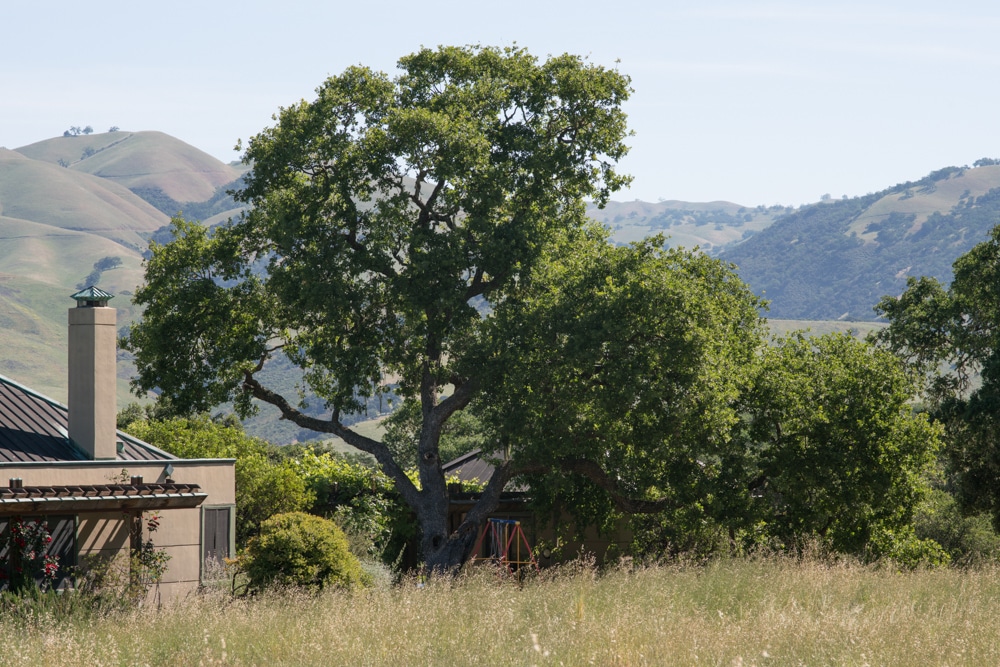
Then I set it to the widest STF aperture and made a somewhat-defocused image:
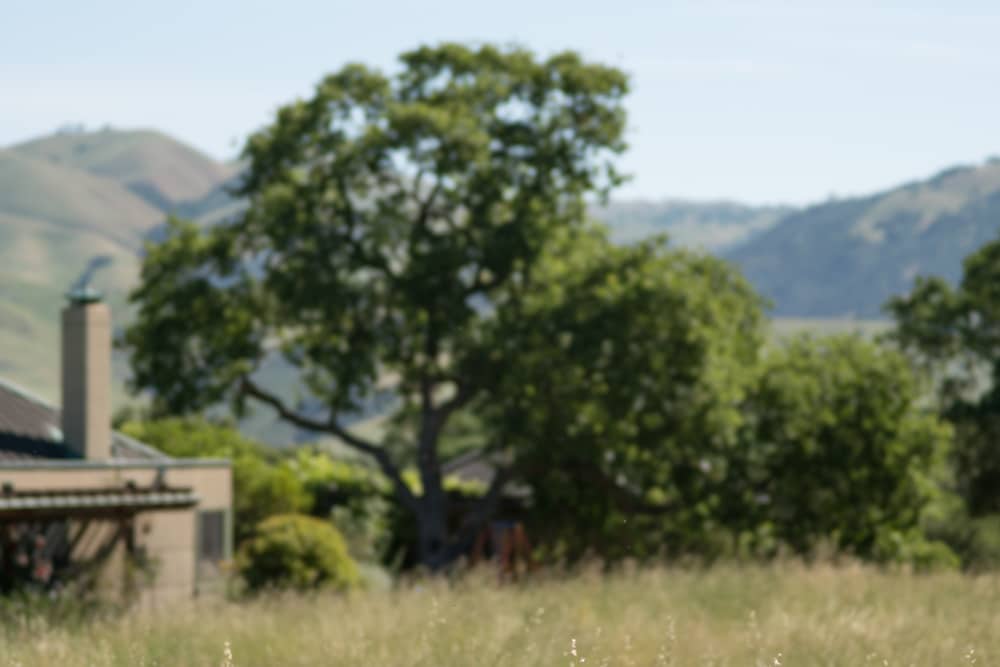
The defocusing was achieved my focusing the lens closer to the camera than the actual subject, so there is some magnification.
I took the in-focus image, and ran it through the simulator with three out of focus (OOF) point spread functions (PSFs): one for the actual STF lens, a Gaussian with 2.4 sigma extent, and a spherical model with the diameter of the sphere 1.2 time the diameter of the apodizing element. I set the blur circle diameter to 30 pixels on the 1500×2250 downsampled image that I sent to the simulator.
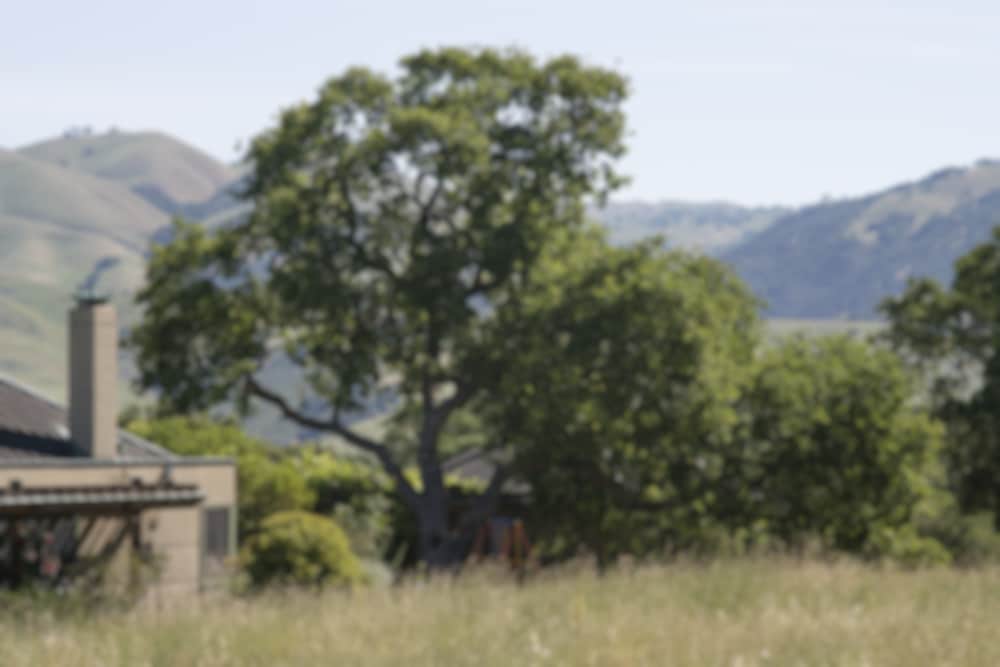
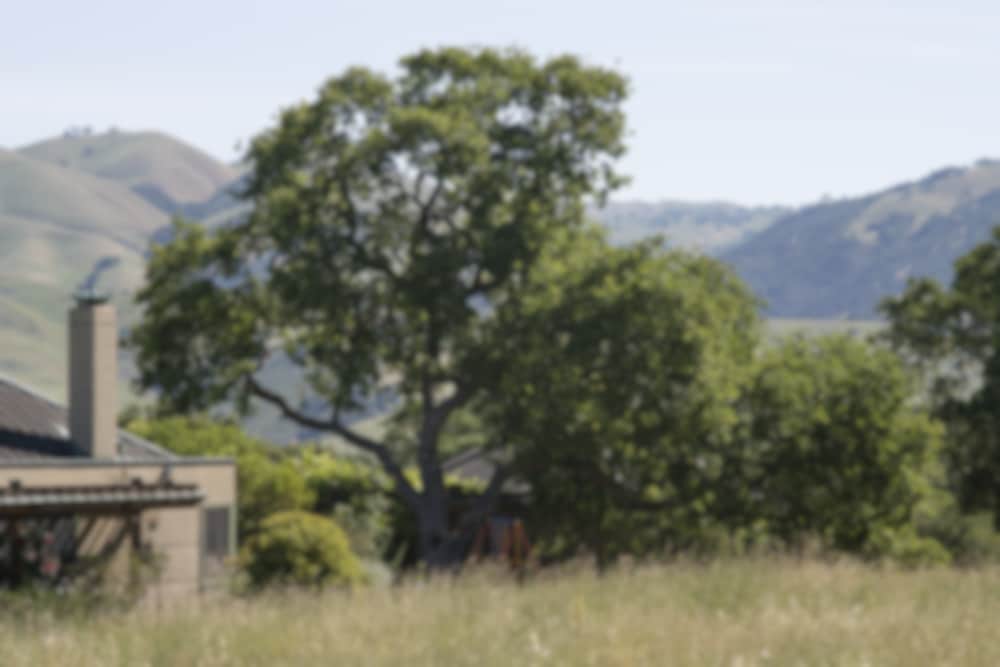

These all look like reasonable approximations to the actual defocus blur to me.
Then I defocused a bit more, and did the same thing.
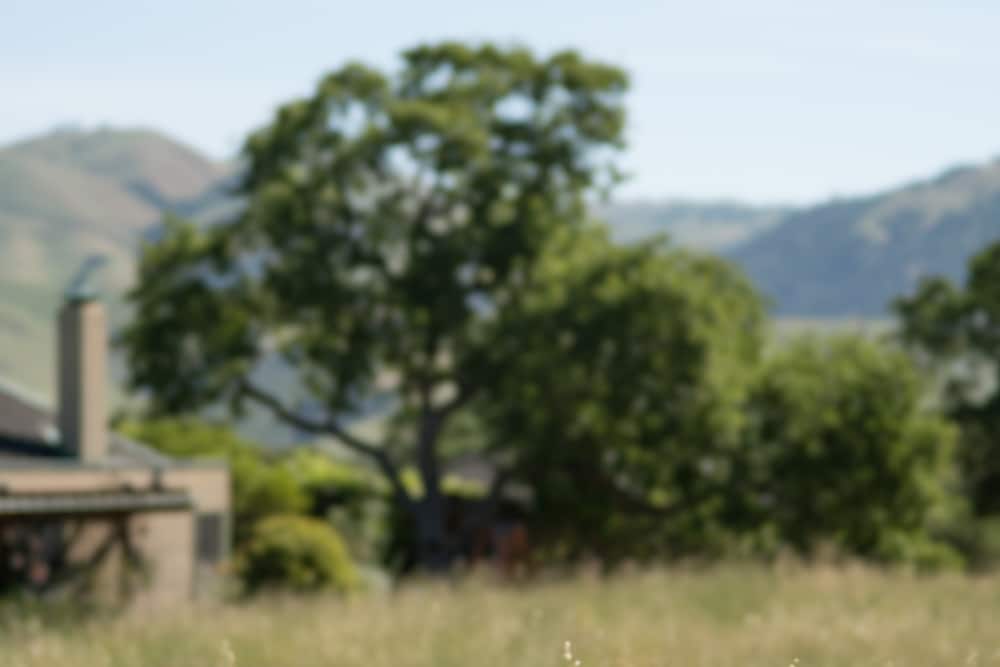
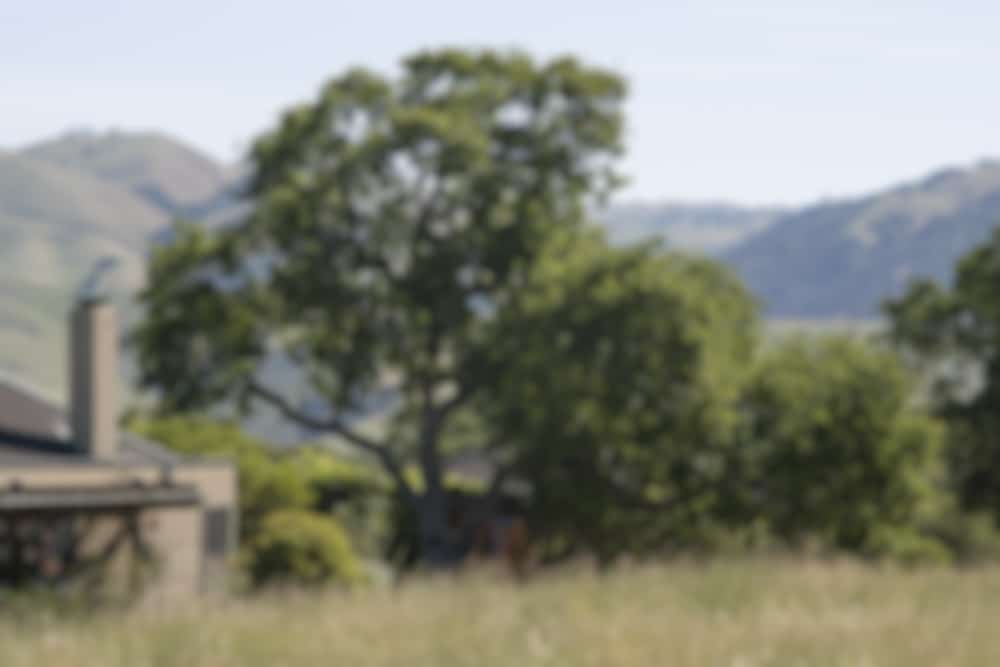
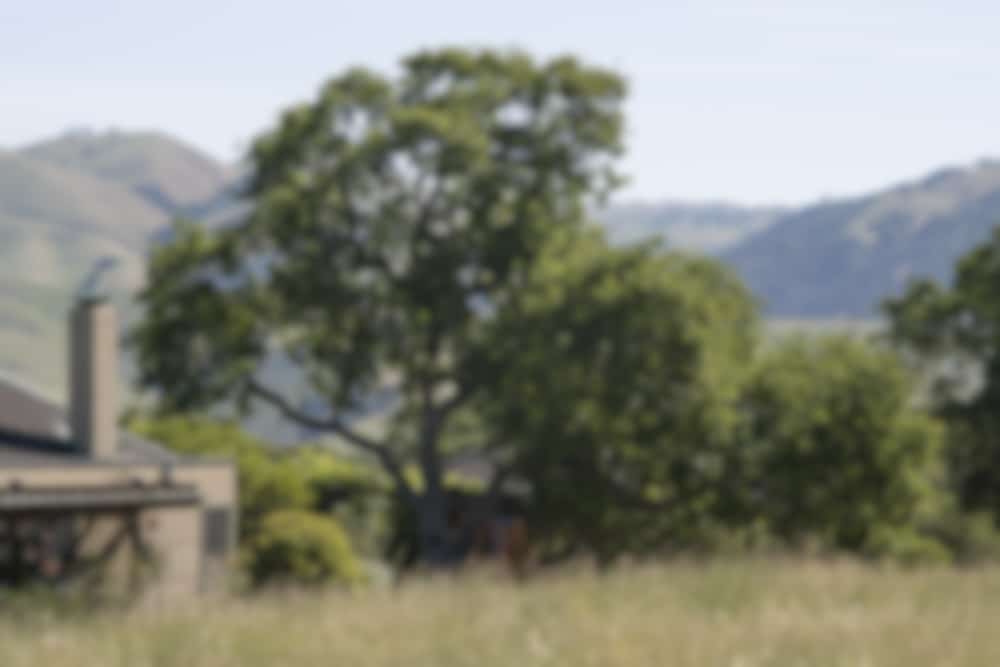
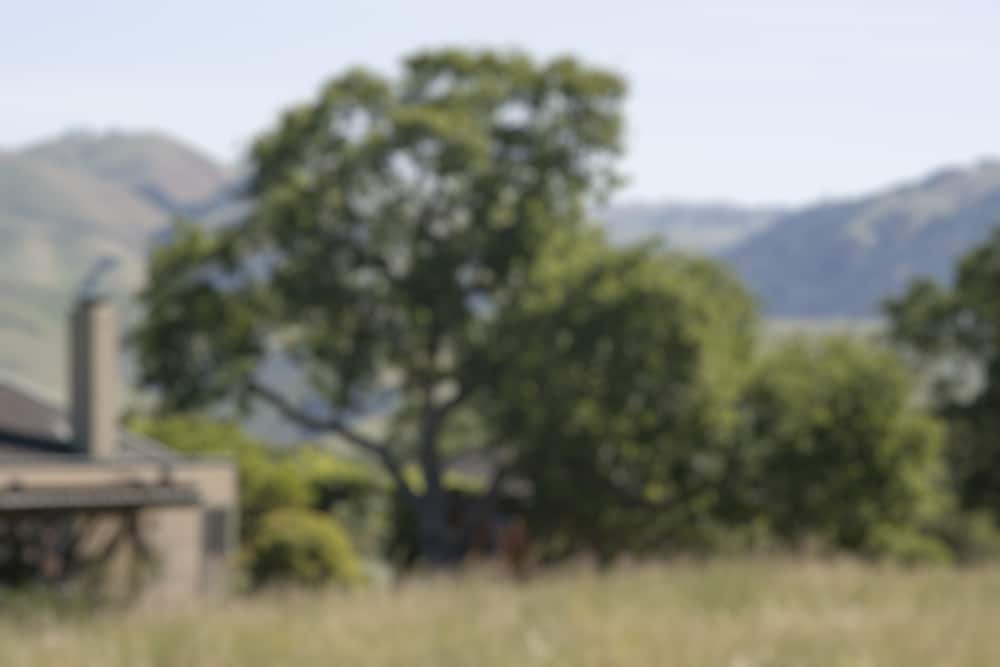
The images are similar.
Then I did it again with even more defocusing. I promise this will be the last one.

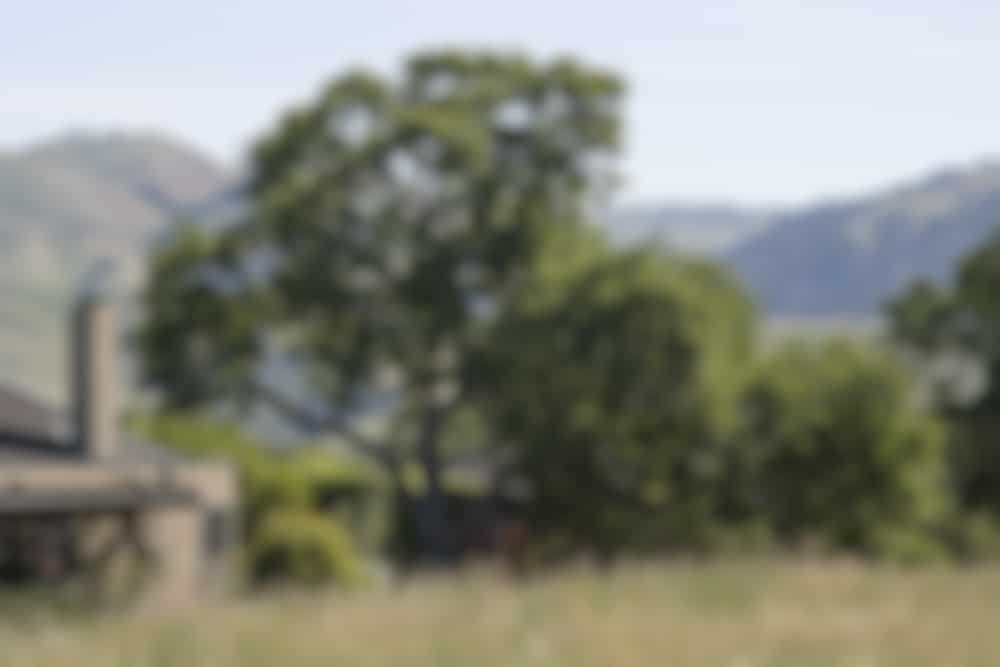
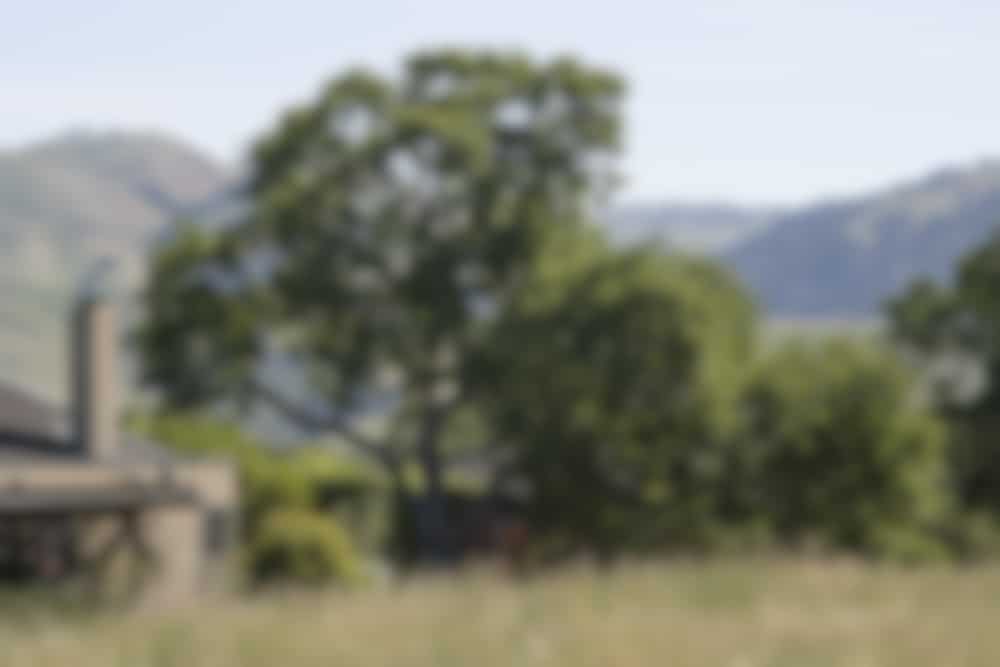
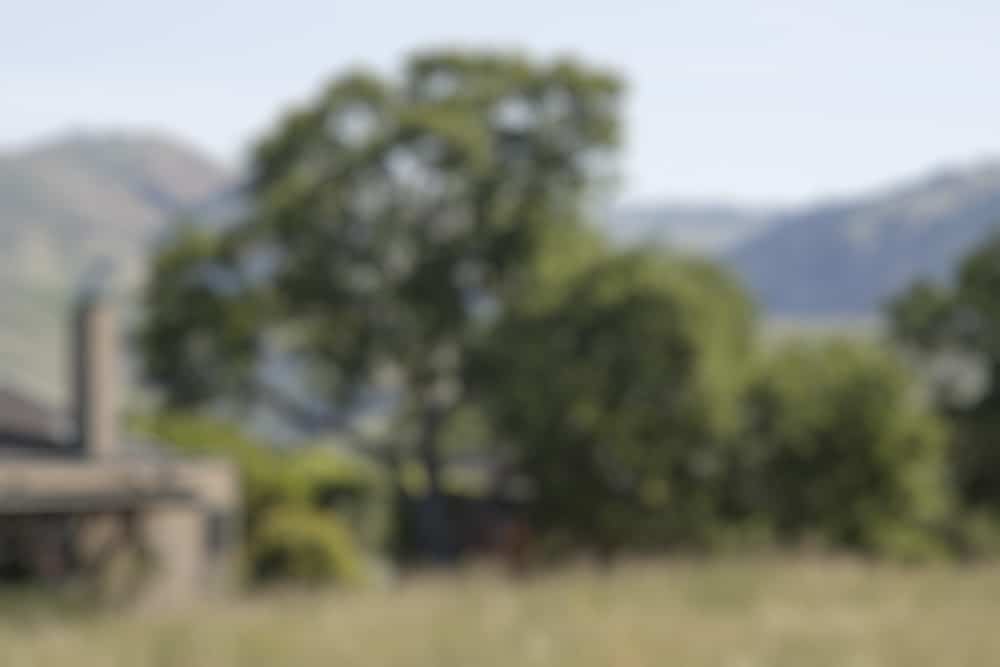
Next I’ll do the same thing with the Zeiss 135/2 Apo-Sonnar. Thankfully, there will be only one set of modeled behavior.
Leave a Reply